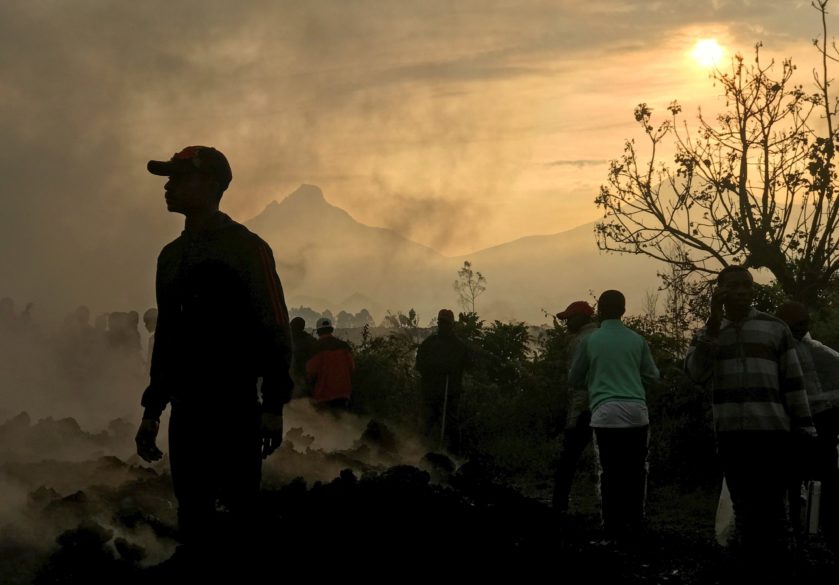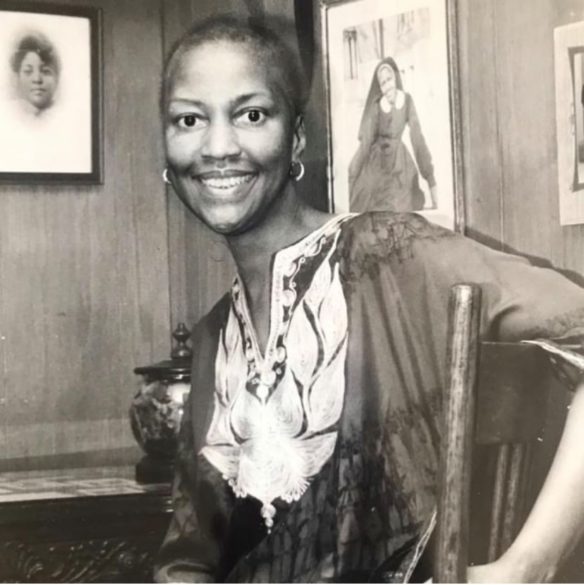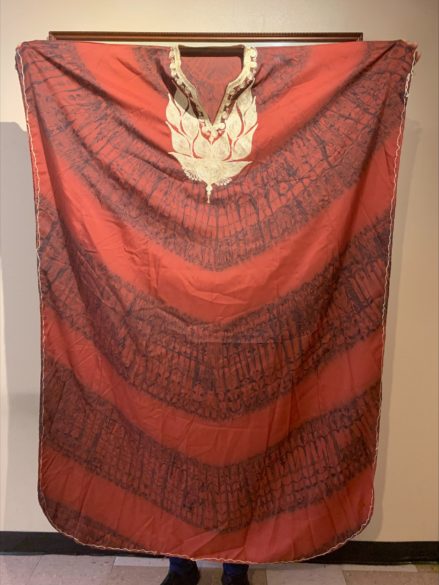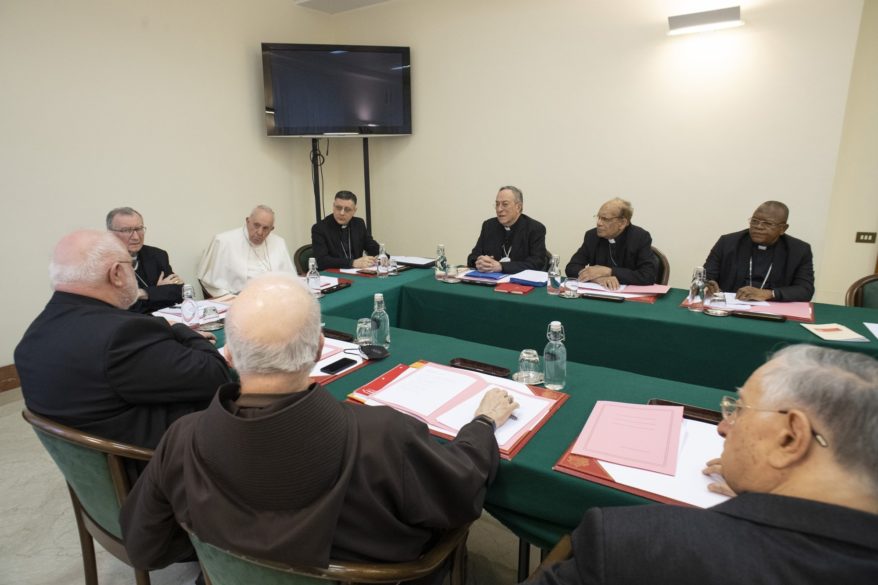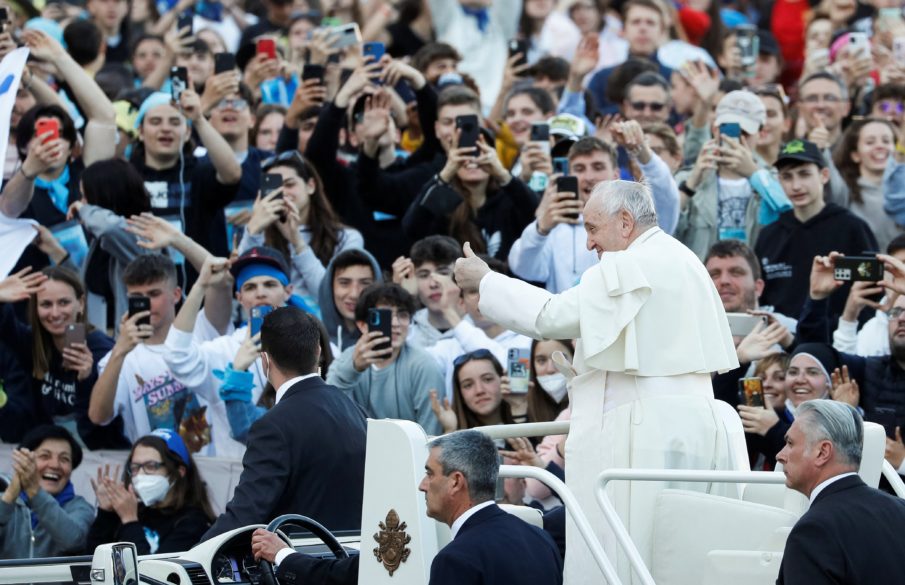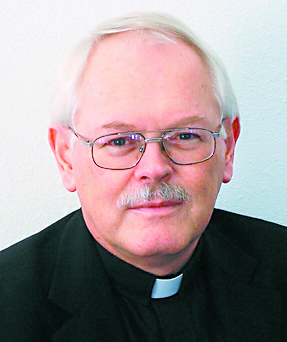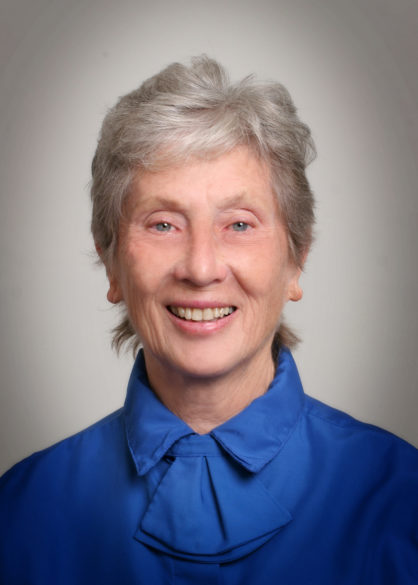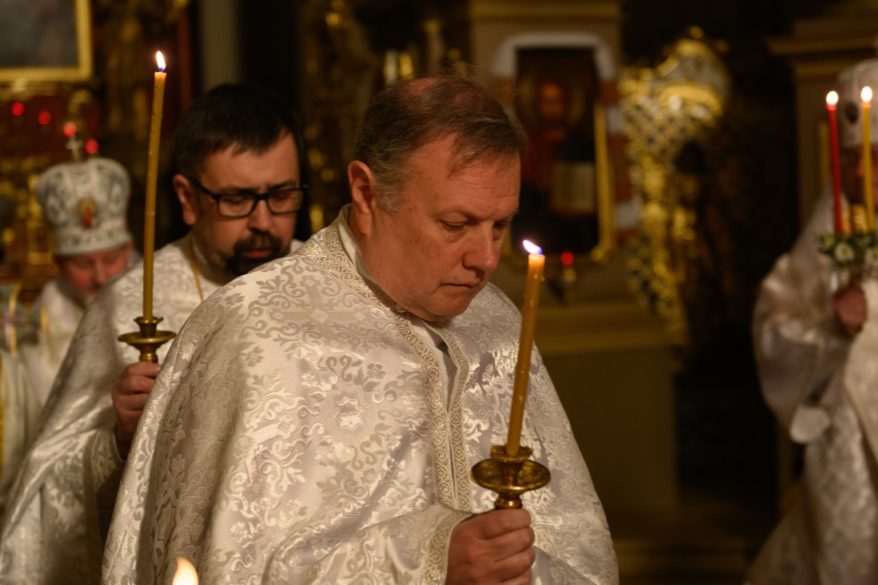Friday, April 29, 6 p.m. – Confirmation, Joseph, Greenville
Saturday, April 30, 4 p.m. – Confirmation, St. Francis of Assisi, Brookhaven
Sunday, May 1, 10 a.m. – Confirmation, Holy Family, Jackson
Sunday, May 1, 5 p.m. – Confirmation, St. Joseph, Gluckstadt
Monday, May 2, 6 p.m. – Confirmation, All Saints, Belzoni
Wednesday, May 4, 6 p.m. – Confirmation, St. Paul, Flowood
Friday, May 6, 6 p.m. – Confirmation, St. Mary Basilica, Natchez
Sunday, May 8, 10:30 a.m. – Confirmation, St. Mary, Batesville
Tuesday, May 10, 6 p.m. – Confirmation, St. Joseph/St. Patrick, Meridian
Wednesday, May 11, 5 p.m. – Confirmation, St. Joseph, Starkville
Saturday, May 14, 10:30 a.m. – Priestly Ordination of Deacon Andrew Bowden, Cathedral of St. Peter, Jackson
Sunday, May 15, 11 a.m. – Confirmation, St. Anne, Carthage
Sunday, May 15, 5 p.m. – Confirmation, St. Francis of Assisi, Madison
Sunday, May 22, 9:30 a.m. – Confirmation, St. Therese, Jackson
Sunday, May 22, 5 p.m. – Confirmation, St. Richard, Jackson
Saturday, May 28, 10 a.m. – Closing Ceremony for Christian Family Movement, Richland Community Center
Wednesday, June 1, 6 p.m. – Confirmation, St. Jude, Pearl
Friday, June 3, 6 p.m. – Installation of Father Adolfo Suarez, Hope Well Pointe, Morton
Saturday, June 4, 10:30 a.m. – Ordination of Carlisle Beggerly to Diaconate, Immaculate Conception, West Point
Saturday, June 4, 5 p.m. – Confirmation, Immaculate Conception, West Point
Sunday, June 5, 10:30 a.m. – Confirmation, Cathedral of St. Peter, Jackson
Saturday, July 9, 5 p.m. – Confirmation, St. James, Corinth
Sunday, Aug. 28, 10:30 a.m. – Confirmation, St. Elizabeth, Clarksdale
All events are subject to change. Check with parishes for further details.

